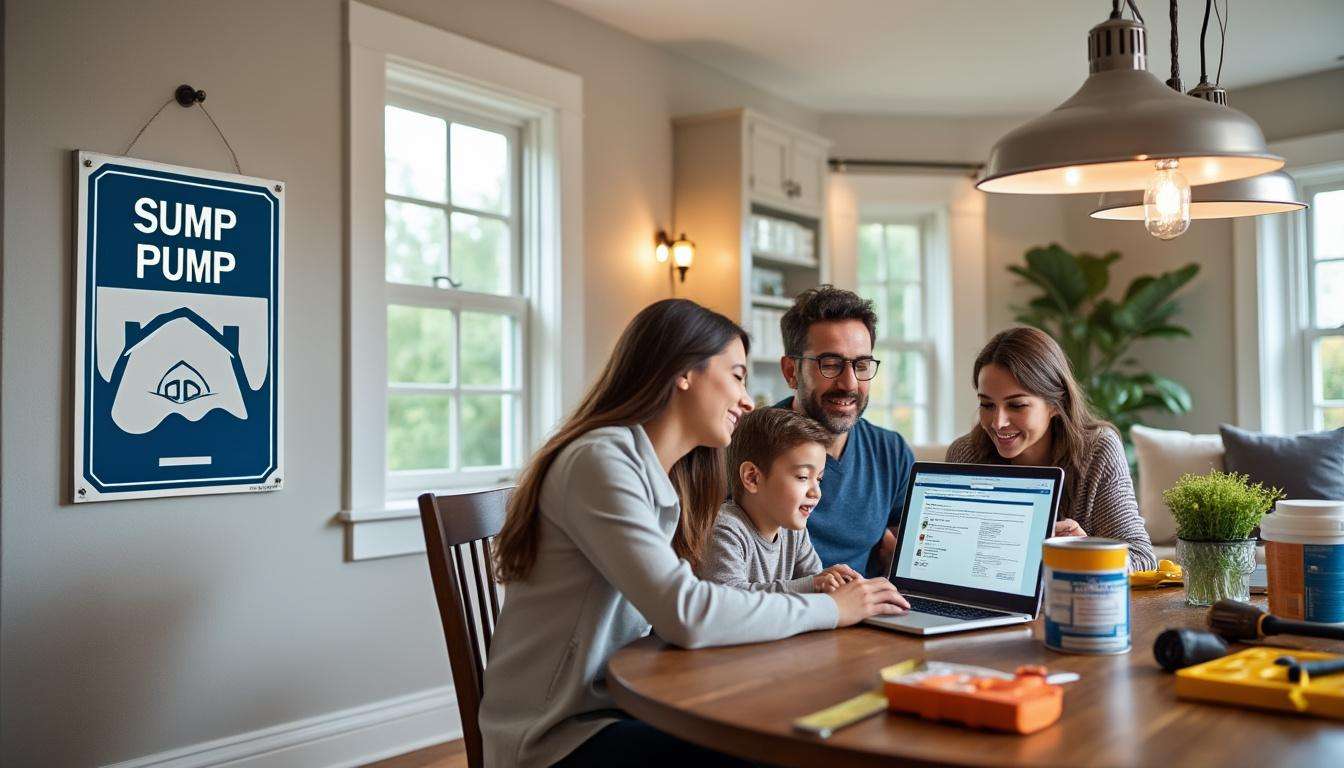Water damage stands as one of the most pervasive and costly threats homeowners face today, often leading to complex insurance claims and significant repair expenses. In 2024, Canada experienced unprecedented losses due to severe weather, topping $8.5 billion in insured damages, with flooding alone accounting for over $1 billion of that amount. This reality underscores the critical importance of understanding how water damage coverage works within home insurance policies and adopting proactive measures to safeguard your property. From identifying early signs to knowing which types of damages are covered, homeowners must be equipped with precise knowledge to avoid unexpected financial burdens.
Understanding Water Damage Coverage Within Home Insurance Policies
Most standard homeowners insurance policies, including those offered by leading providers such as Allstate, State Farm, and Progressive, include coverage for sudden and accidental water damage. This typically encompasses burst pipes, plumbing failures, or water seepage resulting from storms. However, it’s crucial to recognize that damage caused by ongoing maintenance issues or neglect often falls outside coverage scope. Insurance giants like Liberty Mutual, Farmers Insurance, and Nationwide have clarified policies where flood damage due to natural disasters may require separate flood insurance.
Given the complexity of coverage, reviewing your policy carefully remains a priority. Here are key elements usually covered:
- Accidental water discharge due to sudden pipe bursts or appliance malfunctions.
- Damage from storm-related water intrusion, such as rain entering through a damaged roof.
- Cleanup and repair costs related to removing water and restoring structural integrity.
- Replacement of damaged personal belongings up to policy limits.
For homeowners seeking further guidance on policy details, InsuranceProFinder’s homeowners insurance advice section offers comprehensive insights to tailor coverage to your specific risks.
Recognizing Causes and Early Signs of Water Damage
Water damage originates from multifaceted sources. While severe rainfall and flooding pose external risks, internal factors such as clogged drains, aging plumbing, and leaking appliances contribute significantly to home damage. The Insurance Bureau of Canada reports that storms and floods caused immense damage in recent seasons, pointing to the need for vigilance.
- Peeling or bubbling paint and wallpaper.
- A persistent damp or musty odor.
- Warped or buckled flooring and ceiling discolorations.
- Visible mold growth or soft spots on walls and floors.
Early detection enables quick interventions that limit damage magnitude and insurance claim complexity. Homeowners insured by providers such as USAA and Amica often benefit from risk management tools that notify them promptly of leaks.
Proactive Measures to Prevent Water Damage in Your Home
Preventing water damage demands ongoing maintenance and strategic upgrades. Homeowners must prioritize roof inspections, clean eavestroughs regularly, and ensure proper drainage away from home foundations. Such steps are endorsed by top insurers including Travelers and Chubb to minimize the probability of water intrusion.
- Schedule professional roof inspections to fix damaged or missing shingles immediately.
- Keep gutters and downspouts free of leaves and debris, ensuring water flows far from your foundation.
- Regularly check caulking around windows and doors and repair gaps to prevent seepage.
- Inspect plumbing and replace corroded or outdated pipes to avoid leaks.
- Maintain landscaping with ground sloping away from the house and avoid planting trees near foundations.
- Install sump pumps with backup power sources for basements prone to water accumulation.
- Consider backwater valves to prevent sewage backflow into your home.
- Adopt smart home leak detection devices for instant alerts and potential insurance discounts.
For more on comprehensive home safeguarding, see essential hurricane and storm preparation tips that also address water intrusion.
Leveraging Insurance Expertise and Resources for Water Damage Protection
Top insurers such as Allstate, State Farm, and Liberty Mutual provide tailored coverage options and risk management resources designed to assist homeowners in mitigating water damage risks before they escalate. Engaging with your insurance provider for customized solutions can lead to better protection and potential premium reductions.
Furthermore, integrating weather-proofing strategies as detailed on platforms like InsuranceProFinder’s weather-proofing home insurance guide ensures preparedness for increasingly unpredictable climate patterns in 2025.
FAQ on Water Damage Coverage in Home Insurance
- Does homeowners insurance cover all types of water damage?
Most policies cover sudden, accidental water damage but exclude gradual leaks and flood damage, which may require separate flood insurance. - How can I spot early signs of water damage?
Look for peeling wallpaper, damp odors, warped flooring, and mold, all signals to investigate promptly. - What preventive steps lower my risk of water damage?
Maintain your roof and gutters, fix plumbing issues, install sump pumps, and use smart leak detectors. - Can smart home devices reduce my insurance premiums?
Yes, insurers like Farmers Insurance and Nationwide offer discounts when you have smart leak detection devices installed. - When should I file a water damage claim?
File a claim as soon as you detect significant damage and have documented evidence, following your insurer’s guided process.


